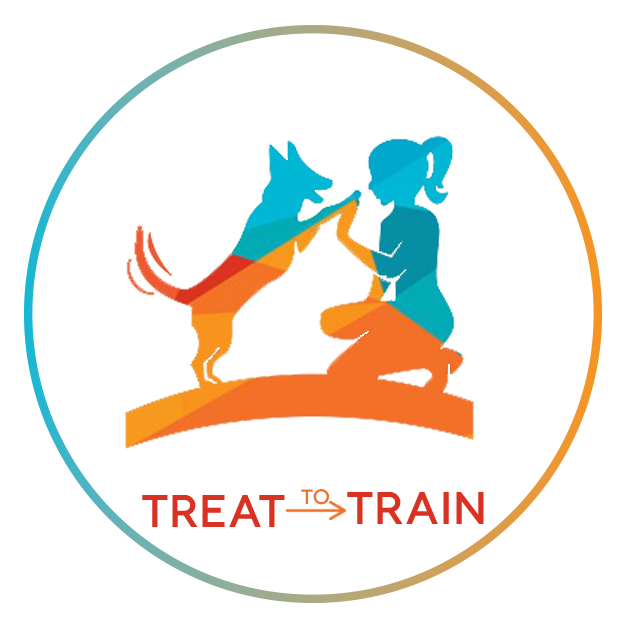Mastering Behavior Modification: The Power of Effective Management
Embarking on a journey to modify behavior, whether in ourselves or our pets, requires more than just good intentions. The key to success lies in the strategic organization of our environment, a practice known as management. In this blog, we will delve into the significance of management in behavior modification plans, exploring its goals, implementation, and the common misconceptions surrounding this essential aspect of training.
Why Management?
At the core of effective behavior modification lies the art of management. Picture this: you've decided to cut sweets from your diet. Would you keep tempting treats within arm's reach? The answer is a resounding no. Similarly, when crafting behavior modification plans for our pets, we must eliminate opportunities for undesirable behaviors. After all, it's unrealistic to expect our furry friends to exhibit more self-control than we do.
Goals of Management
The primary objectives of management can be summarized in three key points:
Ensuring Safety: The safety of all parties involved is paramount. Whether dealing with inter-pet conflicts or preventing harm to humans, a well-thought-out management plan creates a secure environment.
Alleviating Stress: Pets, like humans, can experience stress. Management techniques aim to reduce stress by providing a structured and predictable environment, fostering a sense of security for our animal companions.
Preventing Unwanted Behaviors: The adage "practice makes perfect" holds true, especially in the realm of behavior. Management steps in to break the cycle, preventing pets from practicing behaviors we seek to eliminate.
Implementation of Management
Implementing effective management strategies is a nuanced process, tailored to the unique needs of each pet and their family. The following key points shed light on the practical aspects of management:
Understanding Body Language: A cornerstone of successful management is the ability to interpret your pet's body language. This understanding allows for more effective communication and proactive management.
Recognizing Triggers: Identifying situations that may lead to unwanted behaviors is crucial. By recognizing these triggers, pet owners can take preventive measures to avoid potential issues.
Thwarting Undesirable Behaviors: This involves modifying the environment to discourage unwanted behaviors. Examples include adjusting the layout of a space or using physical barriers.
Encouraging Desirable Behaviors: Management isn't just about saying "no." It also involves creating an environment that encourages positive behaviors. This may include rewarding desirable actions or providing alternative outlets for natural behaviors.
The "Cheating" Conundrum
One common misconception about management is the notion that it's a form of cheating in behavior modification. In reality, simplicity does not undermine effectiveness. Behavior modification doesn't have to be complex to be successful. In fact, the field of behavior science recognizes management as a distinct term known as "antecedent arrangement." Starting with effective antecedent arrangement often yields positive results, proving that sometimes the simplest solutions are the most powerful.
The Guilt Factor
Guilt often accompanies the use of management techniques, fueled by the belief that certain activities are mandatory for optimal pet happiness. However, it's crucial to understand that managing behaviors, such as discontinuing walks for a fearful dog, can enhance the overall well-being of our pets. The key is aligning activities with the individual needs and comfort levels of each pet.
Ongoing Management and Consistency
The question often arises: Is management a temporary fix, or is it a lifelong commitment? The answer is both. In some cases, strict management protocols are necessary in the early stages of behavior modification, gradually easing as progress is made. However, for certain situations, ongoing management remains a necessity. For instance, dogs with a history of aggression may always require a degree of management to ensure everyone's safety.
Consistency is a linchpin in the effectiveness of management plans. All individuals involved in the care of the pet must adhere to the established plan to avoid confusion and promote long-term behavior change. Regular discussions and adjustments to the management plan ensure that it evolves with the changing needs of the pet and the family.
Conclusion
In the realm of behavior modification, effective management emerges as a guiding force. It is not a mere workaround but a strategic approach that fosters a safe, stress-free environment while preventing unwanted behaviors. Embracing the power of management in pet training paves the way for a harmonious coexistence between humans and their furry companions. Remember, the simplicity of management is its strength, making it a valuable ally in the pursuit of positive behavior change.
Treat to Train does online and in-person behaviour modification by qualified animal behaviourists. The in-person behaviour help is limited to Pretoria and Johannesburg but our online sessions have helped dogs in many worldwide countries. To find out more, please email Angelique at info@treat-to-train.com

